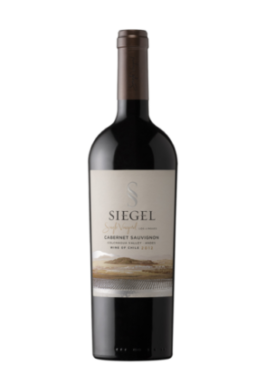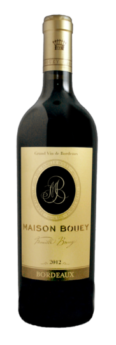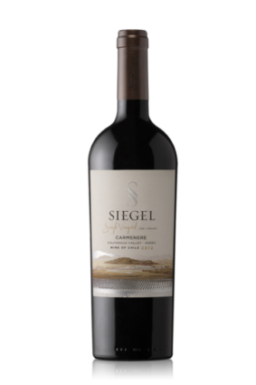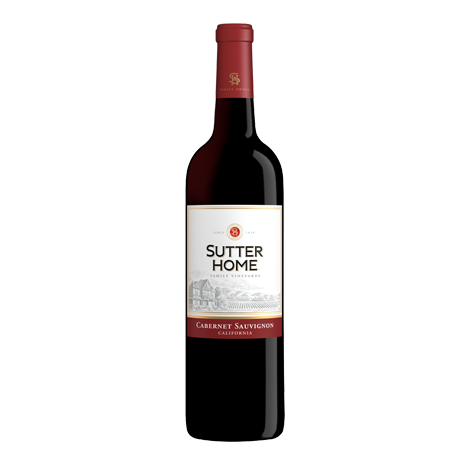{:vi}

Vang Chile
Vang tân thế giới
(Vang thế giới mới: Úc, Chile, Mỹ, Argentina, Nam Phi,… Vang thế giới cũ: Pháp, Ý, Tây Ban Nha và Bồ Đào Nha). Các vùng trồng nho của Chile có lịch sử lâu đời và là vùng rượu vang thế giới mới có niên đại vào thế kỷ 16 khi thực dân Tây ban Nha đưa cây nho vào trồng ở thuộc địa của họ. Trong lĩnh vực sản xuất rượu vang, Chile đứng thứ 7 thế giới về sản lượng rượu vang và thứ 5 thế giới về xuất khẩu rượu vang với khoảng 250 nhà sản xuất và xuất khẩu, chiếm 5% kim ngạch xuất khẩu rượu vang trên toàn thế giới. Loại nho phổ biến nhất là Cabernet Sauvignon, Merlot và Carmenère.
Với vị trí địa lý đặc biệt, đất nước Chi lê hẹp và trãi dài theo đường kinh tuyến, khí hậu đặc trưng được chi phối bởi dãy núi Andes, giúp cho sự chênh lệch nhiệt độ rất lớn giữa ngày và đêm, góp phần rất lớn tạo nên hương vị đặc trưng của rượu vang nơi đây.
Vị vang Chile là sự hòa quyện bởi sự ngọt ngào của nắng và gió, sự hào sảng mặn mòi của Thái Bình Dương, thêm thâm u, hùng vĩ của rặng Andes…

Queenwines – Nơi hội tụ của những dòng Vang đẳng cấp nhất trên thế giới. Hương vị ngọt ngào, quyến rũ và đầy đam mê của rượu Vang làm say đắm lòng người thưởng thức.
Đẳng cấp Vang trên toàn thế giới


French Wine
France holds a special place in the hearts of most wine lovers. It’s where five of the six noble grapes were born, varieties which are beloved by many wine drinkers. Chardonnay and Pinot Noir reach their pinnacle in Burgundy. Cabernet Sauvignon and Merlot blends from Bordeaux are so iconic winemakers around the world can call their wine a ‘Bordeaux Blend’ and you know what to expect. Riesling, though born in Germany, is revered in the Alsace. Sauvignon Blanc, the sixth noble grape, earned its reputation on its own in regions like Sancerre and as a component in Bordeaux’s white blends.
Chilean Wine
Chile has a long viticultural history for a New World wine region dating to the 16th century when the Spanish conquistadors brought Vitis vinifera vines with them as they colonized the region. In the mid-19th century, French wine varieties such as Cabernet Sauvignon, Merlot, Carmenère and Franc were introduced. In the early 1980s, a renaissance began with the introduction of stainless steel fermentation tanks and the use of oak barrels for aging. Wine exports grew very quickly as quality wine production increased. The number of wineries has grown from 12 in 1995 to over 70 in 2005. Reasons for this sudden expansion vary in significancy, but all are essential to understanding Chilean wine culture.
The largest factor, and arguably most prominent, relates to the large amount of French families immigrating to Chile during the late 20th century. The French were able to share their fine tastes and experience with the native Chileans, expanding their knowledge of the wine world. Chile is now the fifth largest exporter of wines in the world, and the ninth largest producer. The climate has been described as midway between that of California and France. The most common grapes are Cabernet Sauvignon, Merlot and Carmenère.

Showing the single result


